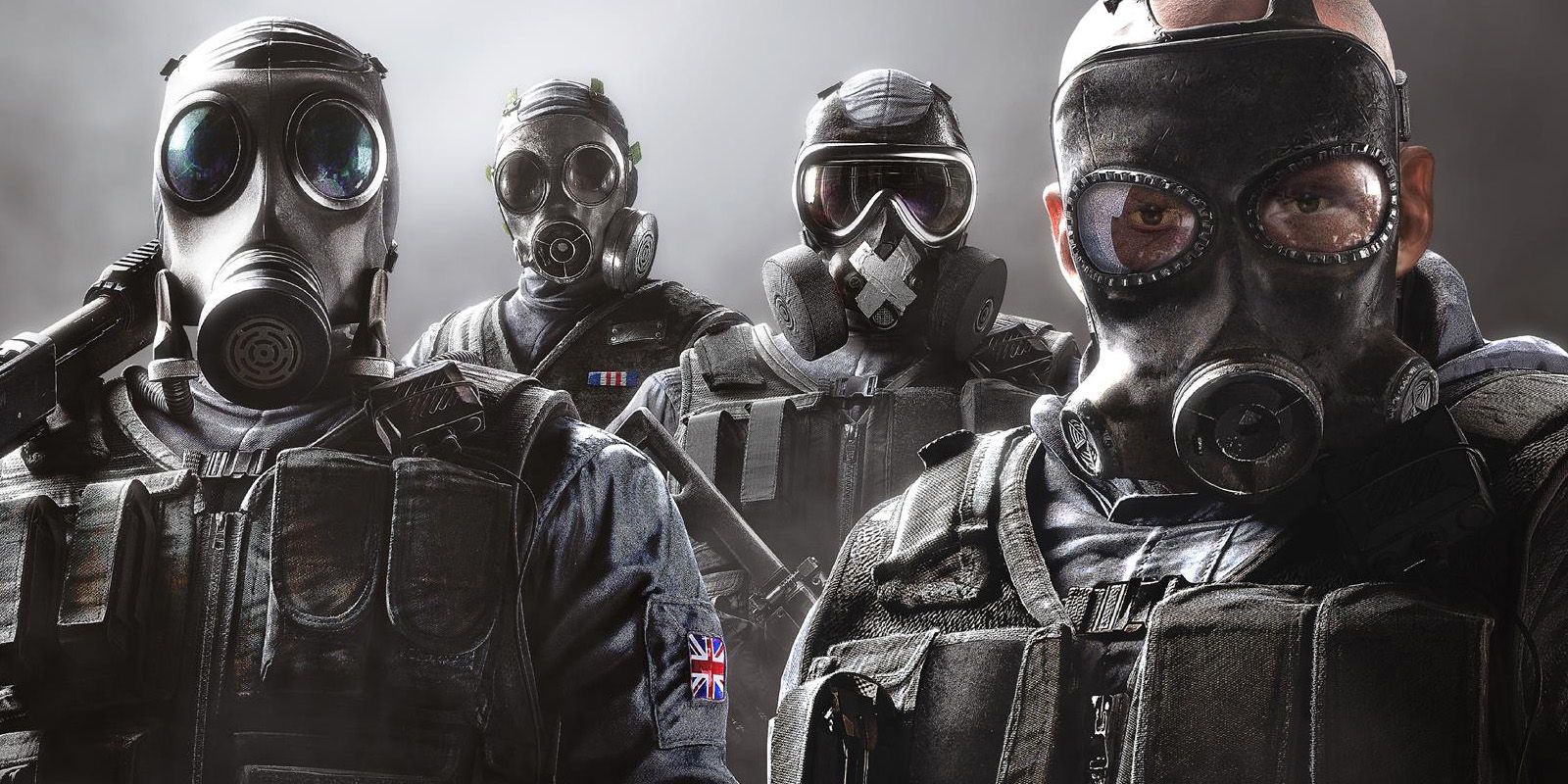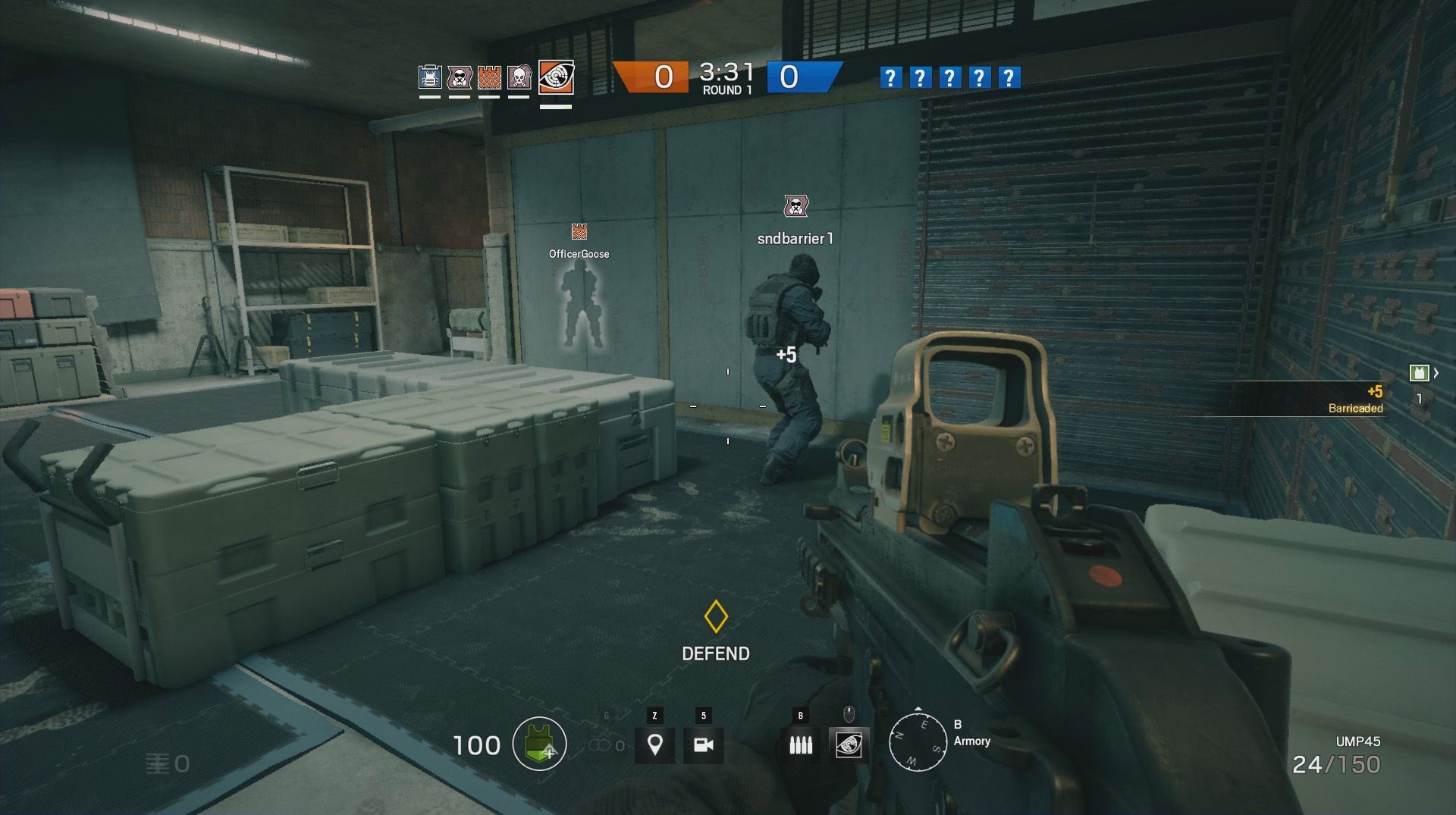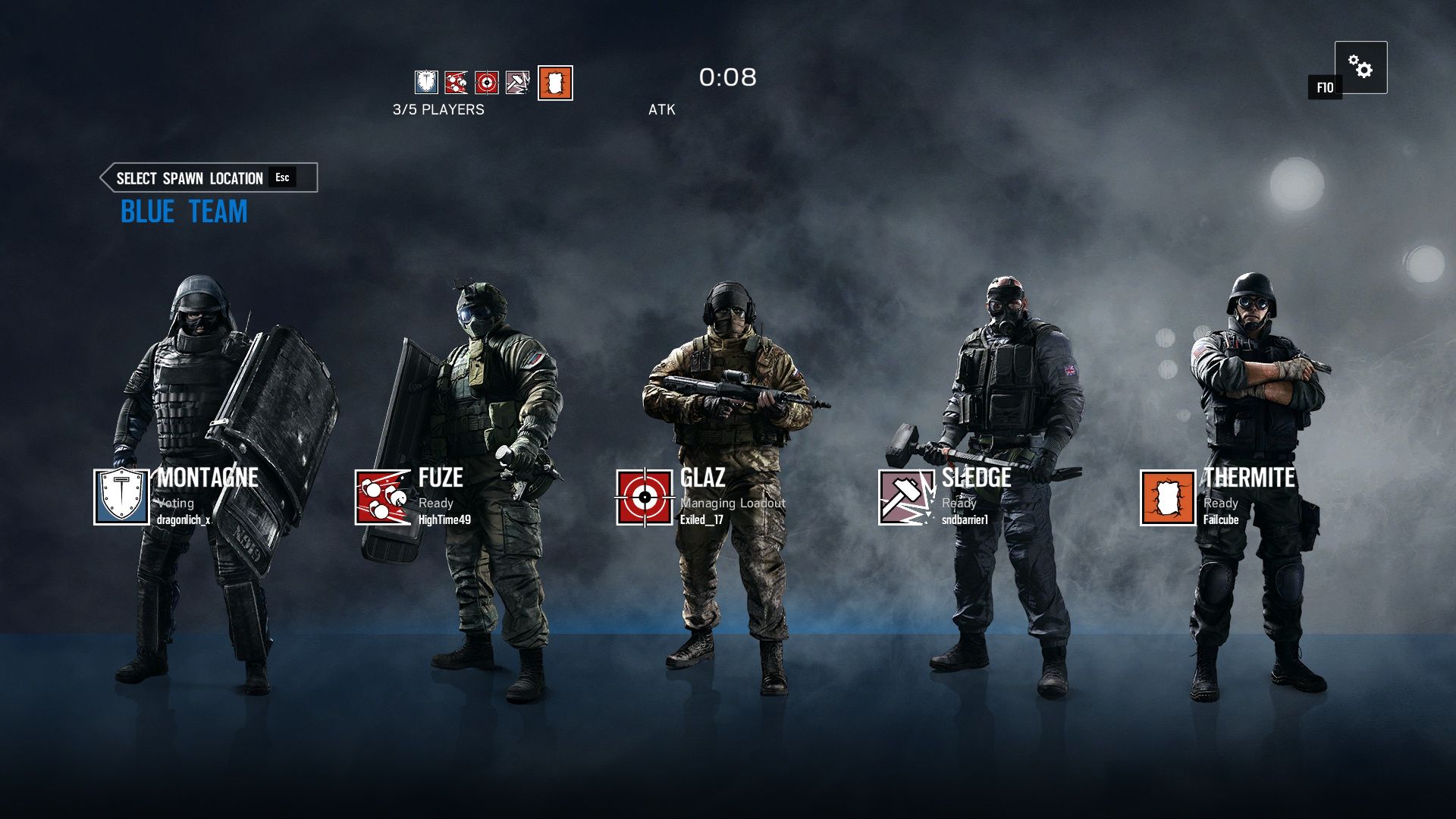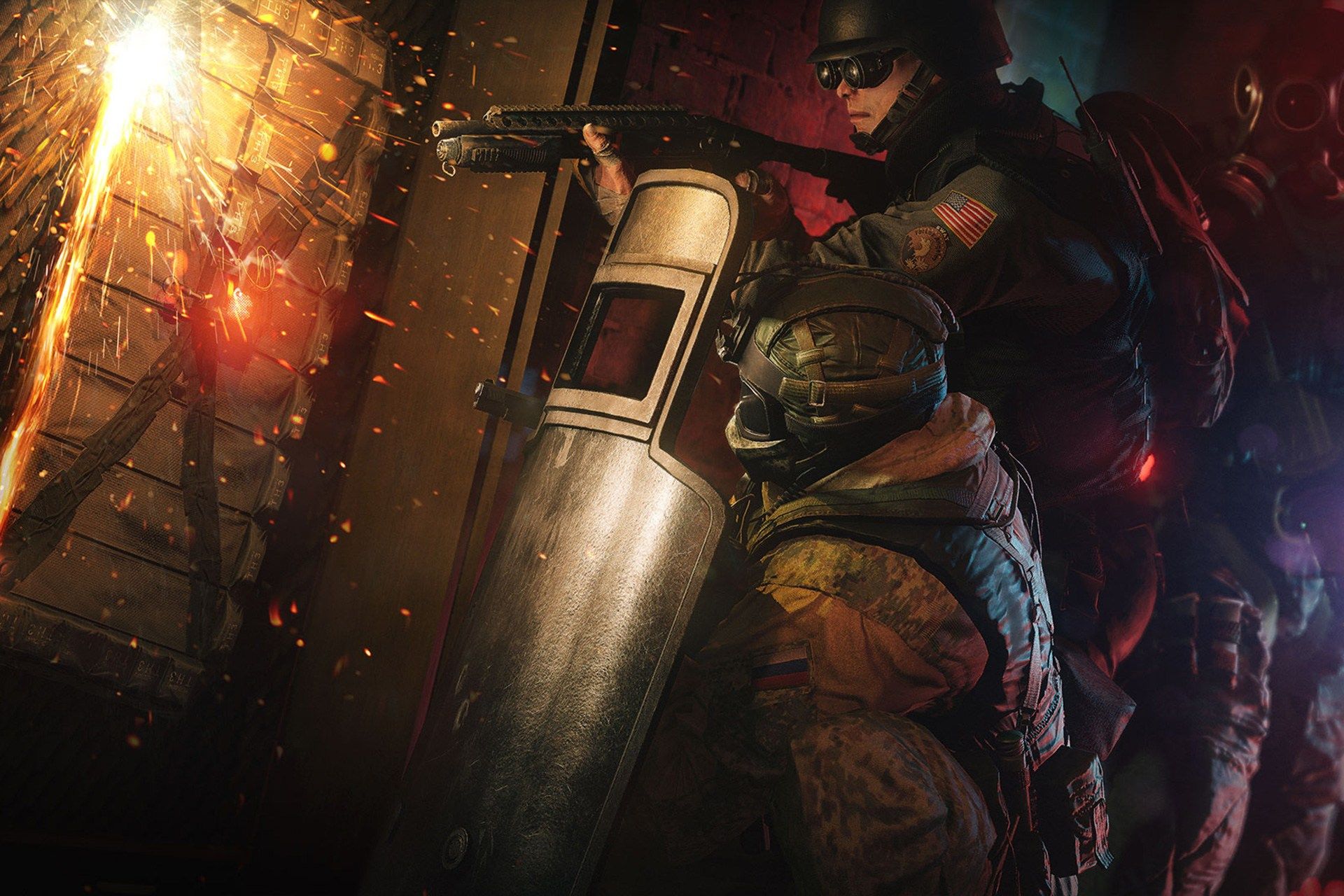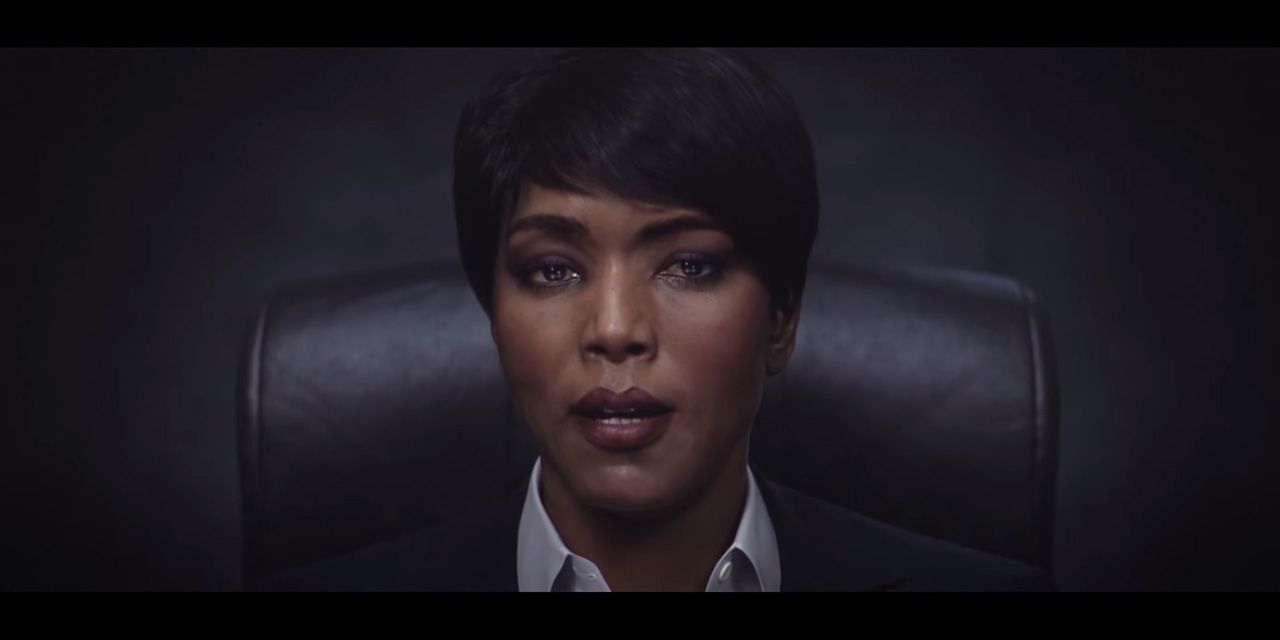Four years ago Ubisoft announced and started the early marketing campaign for Tom Clancy's Rainbow 6: Patriots, the next title in the long-running tactical shooter franchise and the first since the Rainbow Six: Vegas series concluded in 2008. Last year, that game was canceled and some of its top creatives removed from the project.
Out of the remains of Patriots came Tom Clancy's Rainbow Six Siege, a game that takes a different and much simpler approach. Rainbow Six Siege offers a unique and exciting competitive multiplayer experience that's absolutely worth your attention despite its issues and lack of content.
There's no story campaign in Rainbow Six Siege. Instead, core gameplay is designed around five versus five attack and defend scenarios. Both teams have 10 operators to choose from, each with different weapons and gear and hailing from different international agencies. Teams cannot double-up on these characters so individual players will need to spend Renown (the in-game currency) to unlock as many operators as possible, lest they be stuck playing the default recruit.
There are standout operators for each side of the conflict, with a few out of the game's launch lineup seemingly under-powered and arguably obsolete. Depending on play style preference, there's an operator for you and your role on the team which helps make Rainbow Six Siege arguably the most dynamic and interesting competitive shooter of the year. Siege isn't about running and gunning. It's about planning and execution. And it's about equipment as much as it is about gunplay.
Destruction is The Key to Rainbow Six Siege
Rainbow Six Siege excels in its destructible environments and player movement, and much of the equipment in the game centers around breaching into rooms to create new pathways, new shooting angles, and even distractions. The walls of key structures, in addition to designated spots in floors and ceilings can be blown open with charges (or a sledgehammer). The same goes for many of the little objects and decorations filling the interiors. All of the destruction, from explosions to smoke, look and sound incredible.
Barricades on doors can be smashed and shot through as well and the defenders can prevent that from happening by reinforcing fragile walls, barricading doors and windows, and setting traps. That's just one layer to the tactical gameplay and another is the ability to relay intel to teammates via cameras.
The attackers get a few seconds before reach round to explore the map with camera drones to locate the objective while the defenders setup shop (and try to shoot or block the drones). The defending team has access to cameras as well, but theirs are built into the map and are equally susceptible to bullet fire. Anyone operating a camera can tag enemies but to do so will notify the targeted player(s) that they're being observed, stressing the importance of using a mic to communicate with your team.
Communication is Everything... When It Works
Rainbow Six Siege strongly encourages communication and in-game voice is supported, although in the PC version, we've never played a match where sound wasn't an issue. The system is buggy and volume controls seem to have little effect, and are subject to conflicts with Ubisoft's Uplay client. Setting voice to push-to-talk may result in an open mic line randomly and some players will just always be too quiet even when settings are maxed out. Needless to say, it's a problem that exemplifies a lack of polish in the interface designs, one that extends to not being able to adjust weapon attchments between rounds and matches, being unable to click the map for choosing starting locations each round, and matchmaking preferences inexplicably hidden away in top-level menus. There's a bit of a learning curve in the first hours of play just to understand the setup.
When it works though, the game starts to deliver the experience it's really built for. A fully communicating team of five - although rare - taking on five other players is a wonderful experience and unique to this title in how tactics are rewarded and how unique gear is utilized, especially considering that there are no respawns or health pickups. For the most part, players invested in Rainbow Six Siege tend to be supportive of the the series and co-op element. More than most team-based competitive shooters in the genre, Rainbow Six Siege's competitive multiplayer doubles as a fun co-op experience in how players must work together.
The game also ships with an actual standalone co-op experience in its Terrorist Hunt mode, pitting a player with friends or with strangers via matchmaking against a set number of AI controlled opponents. They can play solo as well and these scenarios usually involve hunting down and cleaning the map of enemies but it can sometimes also involve a scenario, from rescuing a hostage to protecting a bomb. These are generally short and simple, and the maps (the same maps from the situations and multiplayer) are very intimate, but it's another fun way to play with the operators especially at the most challenging difficulty level.
Page 2 of 2: Where's The Rest of the Game?
Where's The Rest of Rainbow Six Siege's Content?
Outside of multiplayer and terrorist hunt which all take place in small, lifeless environments, there's a set of single player tutorials called Situations. These little missions play out similar to terrorist hunt but each is designed to focus on a specific element or mechanic of the game, introducing players to operators and providing objectives that when met, grant a little Renown bonus to help players start their Rainbow Six Siege journey. Oddly enough, each of these Situations comes with a briefing provided by Academy Award-nominated actress Angela Bassett even though the game doesn't have any story elements.. except for one.
There's a bonus mission of sorts available after fully completing all of the game's 10 situations that adds a narrative and takes place in a unique Bartlett University map not available in other modes. It includes some rather interesting cinematic cutscenes that explain the reformation of the Rainbow Six team. The entire thing is basically a tease of what could have been but what the devs didn't put into the game. Still, Rainbow Six Siege demands a full retail price tag but has a challenge in justifying it.
It's a tough pill to swallow as a game built around a specific core experience with little content to flesh it out, and it's especially souring in how the game's interfaces throw monetization at players at every corner. There's even a gold edition of the game which includes the "season pass" and if you don't have it, the game will let you know constantly. It's built into the main menu alongside a various assortment of microtransaction options, so much so that Rainbow Six Siege seems almost structured as a free-to-play game.
Rainbow Six Siege Is Designed For The Long Term
Progression is relatively slow and there's not much available to unlock and customize at the moment. However, those who spend more (buying R6 Credits with real-life money), get more from the beginning, and that includes access to all of the operators quickly along with weapon unlocks. That's where the monetization gets questionable and potentially problematic. If there were a map editor and/or support for community creations, something along the lines of what Ubisoft offers for the Far Cry games, it would all fit better but it doesn't.
What does help make up for the lack of content in the core game is Ubisoft's one-year plan to support it post launch. All of Rainbow Six Siege's upcoming DLC maps, operators, and weapons will be available to all players for free (via in-game currency) so there are no splits in the community. If Ubisoft can flesh out the progression system and add new features, Rainbow Six Siege can justify its place as a potential eSports hit for the competitor community and as a basis for what future Rainbow Six games can build from as a framework. At the moment, there isn't much there for the non-hardcore players compared to other recent shooters.
Rainbow Six Siege can be addictive, fun, and intense in the right situations, especially when finding a team that communicates well and works together. Outside of the mic issues and occasional connection hiccup, Siege is just plain cool and succeeds in delivering gameplay mechanics and an experience that other shooters can take notes from. It just desperately needs more of everything.
Rainbow Six Siege is available on PC, PlayStation 4, and Xbox One. We reviewed the PC version.

